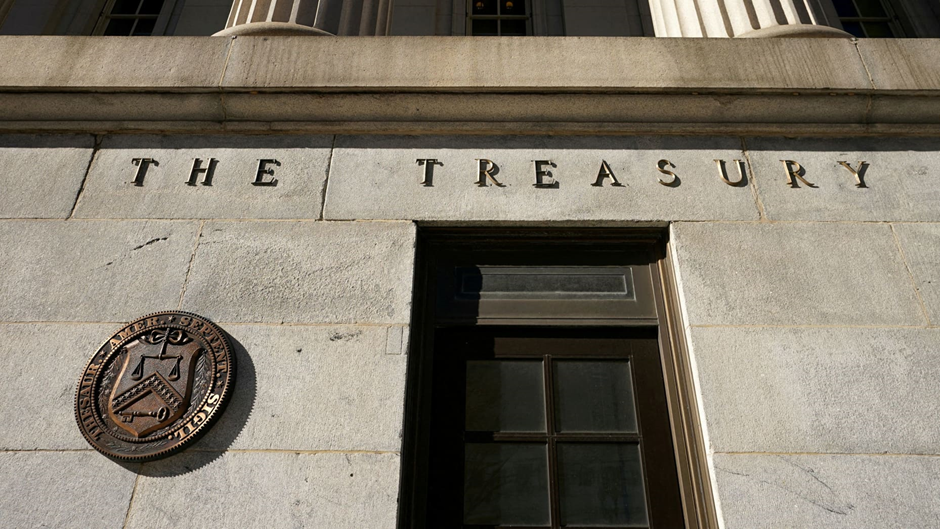U.S. Treasury Posts Rare June Surplus as Tariff Receipts Skyrocket

In a surprising turn, the U.S. Treasury reported a $27 billion surplus in June 2025, driven by a surge in tariff collections, marking the first June surplus since 2017. This financial reprieve follows a year of mounting deficits, offering a glimpse of fiscal relief amid persistent economic challenges. Below, we explore the factors behind this surplus, the role of tariffs, and the broader fiscal landscape.
June Surplus: A Tariff-Driven Turnaround
The Treasury Department announced on July 11, 2025, that June’s fiscal surplus reached just over $27 billion, a stark contrast to May’s $316 billion deficit. This shift reduced the fiscal year-to-date deficit to $1.34 trillion, a 5% increase from the previous year, though calendar adjustments narrowed the gap to a 1% decline. With three months remaining in the fiscal year ending September 30, the surplus provides a rare bright spot in an otherwise challenging budgetary environment.
A 13% year-over-year increase in receipts, coupled with a 7% drop in outlays, fueled the surplus. Total receipts for June rose significantly, while spending contracted, reflecting a combination of policy impacts and economic adjustments. The last June surplus occurred in 2017 during President Donald Trump’s first term, making this a notable achievement amid ongoing fiscal pressures.
Tariffs: The Engine Behind the Surplus
A key driver of June’s surplus was a dramatic increase in customs duties, which reached $27 billion for the month, up from $23 billion in May and a staggering 301% higher than June 2024. For the fiscal year, tariff collections have soared to $113 billion, an 86% increase over the prior year. This surge stems from President Trump’s April 2025 implementation of a 10% across-the-board tariff on imports, alongside targeted reciprocal tariffs on various trading partners. These measures, part of ongoing trade negotiations, have significantly bolstered government revenue.
U.S. Treasury June 2025 Surplus Report
Key Financial Metrics
- June Surplus: $27 billion (vs. $316 billion deficit in May)
- Fiscal Year-to-Date Deficit: $1.34 trillion (up 5% from last year; 1% lower with calendar adjustment)
- Receipts: Up 13% year-over-year for June; up 7% for the fiscal year
- Outlays: Down 7% for June; up 6% for the fiscal year
- Customs Duties: $27 billion in June (vs. $23 billion in May; 301% increase from June 2024)
- Annual Tariff Collections: $113 billion (86% increase year-over-year)
Notable Context
- First June surplus since 2017
- Driven by 10% across-the-board tariffs and reciprocal duties
- Calendar adjustments reduced reported surplus; without them, deficit would be $70 billion
Fiscal Challenges: Debt and Interest Costs
Despite the surplus, the U.S. faces significant fiscal hurdles. The national debt stands at $36 trillion, with June’s net interest payments totaling $84 billion, second only to Social Security among expenditure categories. For the fiscal year, net interest costs have reached $749 billion, with projections estimating $1.2 trillion in total interest payments by September 30. High Treasury yields continue to strain federal finances, prompting President Trump to urge the Federal Reserve to cut short-term rates to ease the debt-servicing burden. However, Fed Chair Jerome Powell has signaled caution, citing potential inflationary risks from tariffs, with markets anticipating no rate cuts until September.
Adding to the fiscal strain, Trump’s recent “big beautiful” spending bill, passed in early July, is projected by the Congressional Budget Office to add $3.4 trillion to the national debt over the next decade. This legislation, combined with persistent debt growth, underscores the fragility of the June surplus in the broader fiscal context.
Looking Ahead
June’s surplus, while encouraging, is tempered by calendar adjustments that would have resulted in a $70 billion deficit without them. The tariff-driven revenue boost highlights the impact of Trump’s trade policies, but their long-term sustainability remains uncertain amid inflationary concerns. As the fiscal year nears its end, the Treasury’s ability to maintain this momentum will depend on balancing rising receipts with controlled spending, all while navigating the challenges of a ballooning national debt and high interest costs.